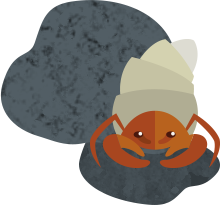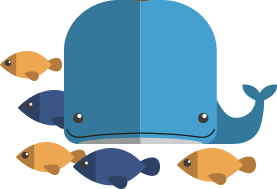Information from the American Academy of Pediatrics to help parents and caregivers check for, treat, and prevent the spread of head lice.
Read More




Information from the American Academy of Pediatrics to help parents and caregivers check for, treat, and prevent the spread of head lice.
Read MoreAlmost all teens get zits at one time or another. It's called acne. Whether your case is mild or severe, there are things you can do to keep it under control. Read on to find out how.
Read MoreNext to the common cold, an ear infection is the most common childhood illness. In fact, most children have at least one ear infection by the time they are 3 years old. Many ear infections clear up without causing any lasting problems.
Read MoreAllergy describes a condition involving the immune system that causes sneezing and itching, chronic rashes, wheezing, or even life-threatening allergic reactions. Whether minor or serious, there are things you can do to prevent or control most allergic problems. The more you know about allergies—the
Read MoreFor anyone experiencing anaphylaxis, epinephrine should be given right away followed by a call to 911 for further treatment and transfer to a hospital. The main medicine to treat anaphylaxis is epinephrine. This is a medicine given by an injection. The best place to inject it is in the muscles of the
Read MoreAnemia can make your child appear pale in color and feel cranky, tired, or weak. Though these symptoms may worry you, the most common causes of anemia—such as iron deficiency—are generally easy to treat, especially when anemia is detected early.
Read MoreAcute ankle and foot injuries are common in athletes and other active young people. Sprains account for the greatest number of acute injuries.
Read MoreParents need to know that using antibiotics when they are not the right medicine will not help and may even cause harm to children.
Read More